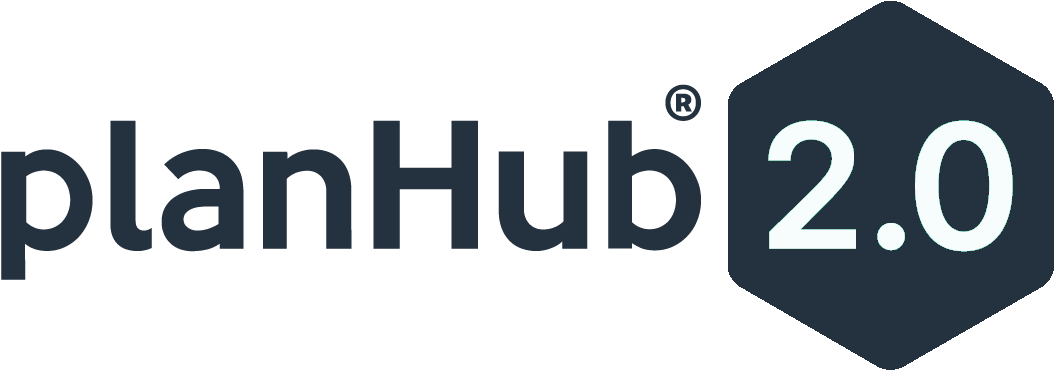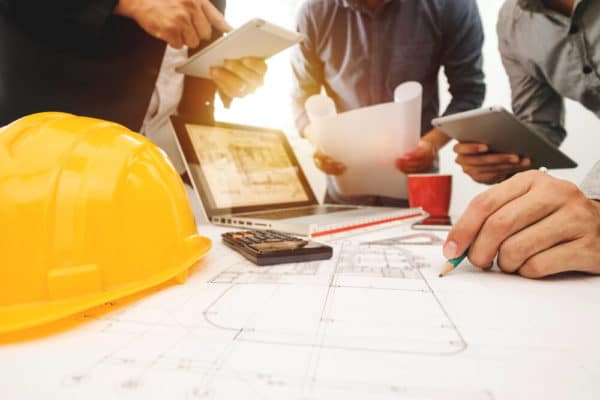How do you know if you should bid on a construction project? There are so many bid opportunities out there that weeding through them to find the right ones for you can take a lot of time. And you don’t want to waste additional time bidding on projects that aren’t a good fit for your company. If a project isn’t a fit for you, it can lead to delays, additional costs, and unhappy customers.
Finding the right construction projects for your subcontracting company requires some investigation. While no one can tell you precisely what project is right for you, there are some things you should consider before deciding to bid on a project.
Here’s a list of a few things to be on the lookout for when selecting a project to bid on:
Project scope
First of all, you need to know whether a project includes the type of work you provide. Often the trades required for the project will be listed on the general contractor’s (GC’s) invitation to bid (ITB), so you can quickly peruse that list to see if your work is included. If you specialize in a specific type of work, like epoxy flooring, you may need to look at the project document to determine if your work is included or not. GCs don’t usually provide that much detail in their ITBs.
Look at the specifications for the project to see if you’ll need special skills or certifications to meet the project requirements. The specifications may say you need a special welding certification or installation training in order to bid on a particular scope of work. If you don’t have the required credentials, that doesn’t mean you can’t bid on the project. Reach out to the GC to see if the certifications are indeed obliged and, if so, if they’d still like you to provide a bid or not.
If your company or specific workers within your company have experience working on a similar project, that can be beneficial in putting together your bid. Talk to the workers that worked on the project and look at your project records to see what you can learn. This doesn’t mean you can’t bid on a project if you don’t have comparable experience. It makes it easier to put together an estimate and can improve your accuracy when you have cost data for reference.
Project size
Review the bid documents to determine the approximate size of the project, both in space (square feet) and dollars. Larger projects will require larger crews or more workers as your work progresses. The bid documents will usually include an estimated schedule or at least a start and completion date. Ensure that you have enough labor available to handle the amount of work required throughout the project.
More extensive projects usually mean that you have to purchase a large number of materials at the start of the project. You’ll want to make sure that you have the cash flow to handle these purchases, knowing that it will take a while to get paid. You can use options like credit cards, material financing, or invoice factoring to help fund these purchases, but you’ll need to have them in place before the project starts.
Most public projects, and some private ones, require you to provide bonding and/or higher insurance policy limits. You’ll need to make sure you have the bonding capacity and that your insurance limits are high enough to meet the requirements. If you don’t have enough coverage or capacity, you can always apply for more from your insurance or surety agent.
Project owner type
Privately funded projects, those not attached to a government, school district, or university, are much easier to get into than public projects. They don’t have as many paperwork requirements, and wages aren’t regulated like they are in public work.
Suppose you’re looking at a public project, one funded by a government (local, state, or federal), school district, or university. In that case, you’ll need to add administration time for additional documentation to your estimate, as well as costs for bonds. You may be required to provide a public works bond and possibly project-specific performance and payment bonds as well. These aren’t difficult to get, but they need to be issued before the work starts. You’ll also need to increase your wage rates to workers on the job to meet prevailing wage requirements. Working on these sorts of projects requires additional documentation to help ensure that the correct wages have been paid.
Project delivery
The standard design-bid-build project delivery method is relatively straightforward. Subcontractors usually aren’t asked to bid on the project until the design is mostly complete, and all they have to do is bid off the drawings and specifications that are provided by the design team. Subs shouldn’t be asked to provide engineering or any other design services for these kinds of projects.
In a design-build project, subcontractors, especially trade subcontractors, are asked to provide engineering and design for their work. This is usually found in the mechanical trades, such as HVAC, plumbing, electrical, and fire sprinklers. When this is expected, you’ll need to include costs for creating drawings and getting them reviewed and stamped by an engineer. If you don’t have an in-house engineer, you’ll need to add extra costs to hire this out.
The right opportunity = success
There are a lot of construction project bid opportunities. Finding the right ones to bid on takes a bit of investigation and research, but it’s worth it in the end. Choosing projects that fit your company’s skill set, experience and that fit your financial goals and capacity will help ensure that you remain successful and your business will continue to grow.
If you struggle trying to find construction projects to bid on, PlanHub’s bid site can help. Sign up for a free trial now.




